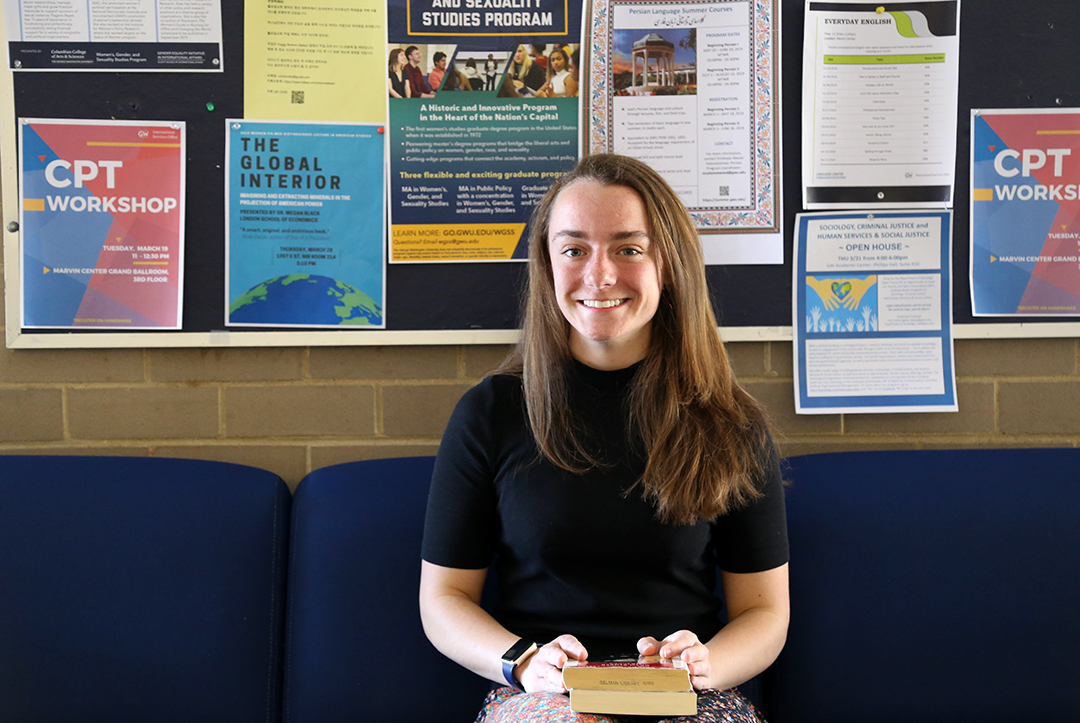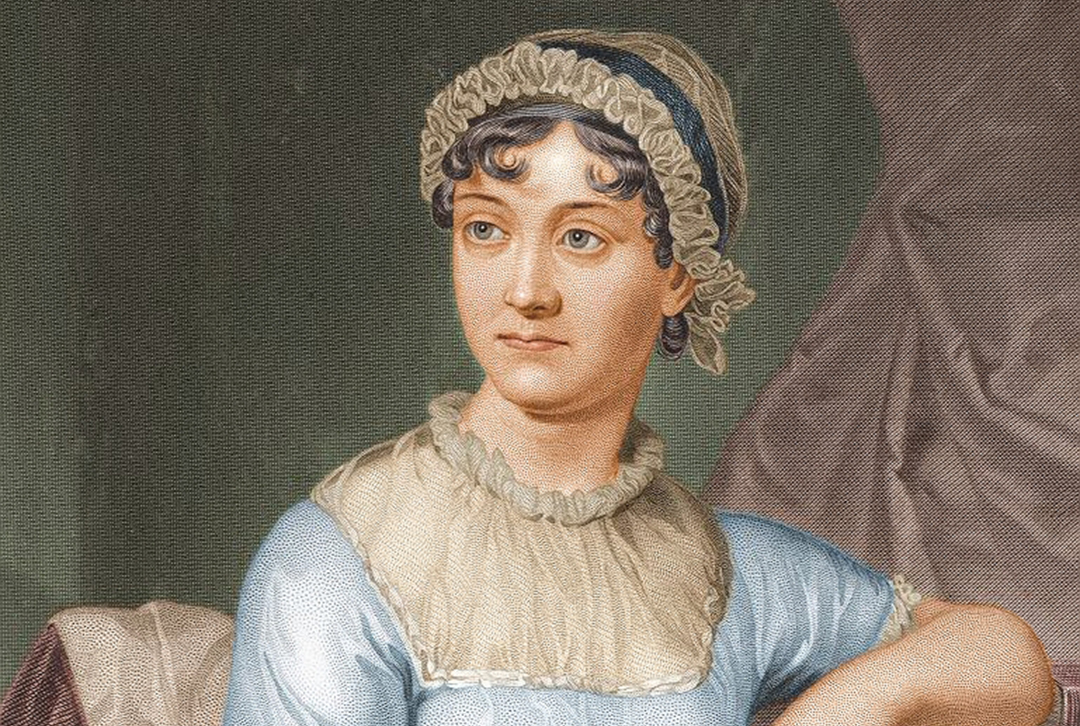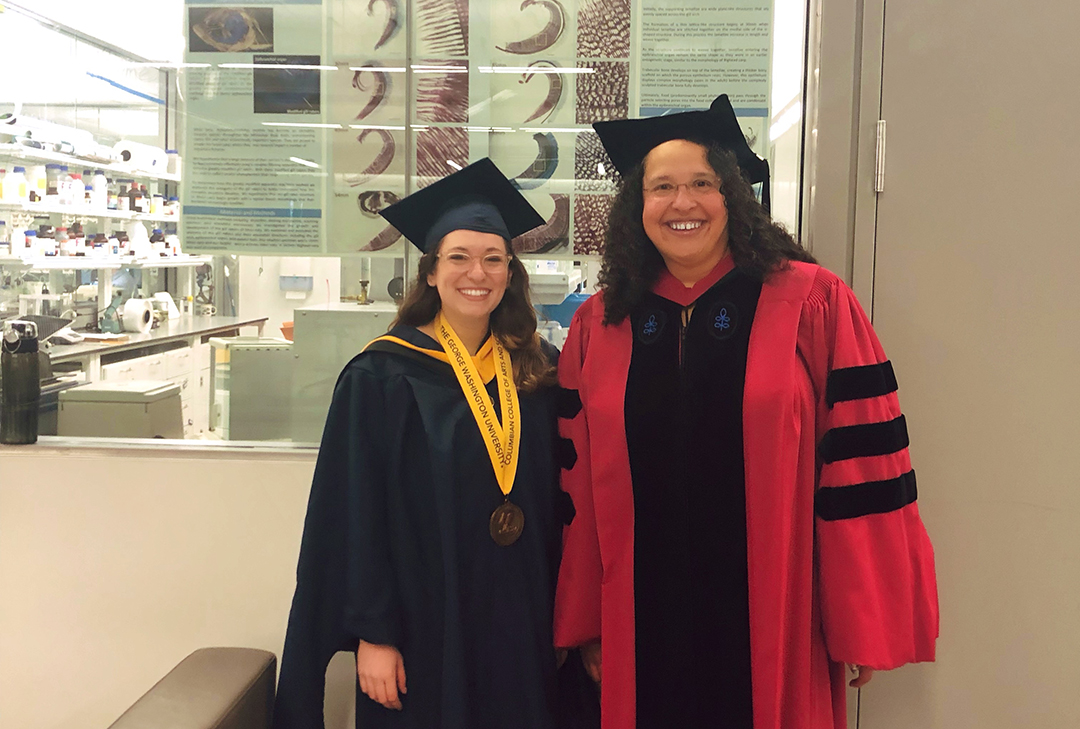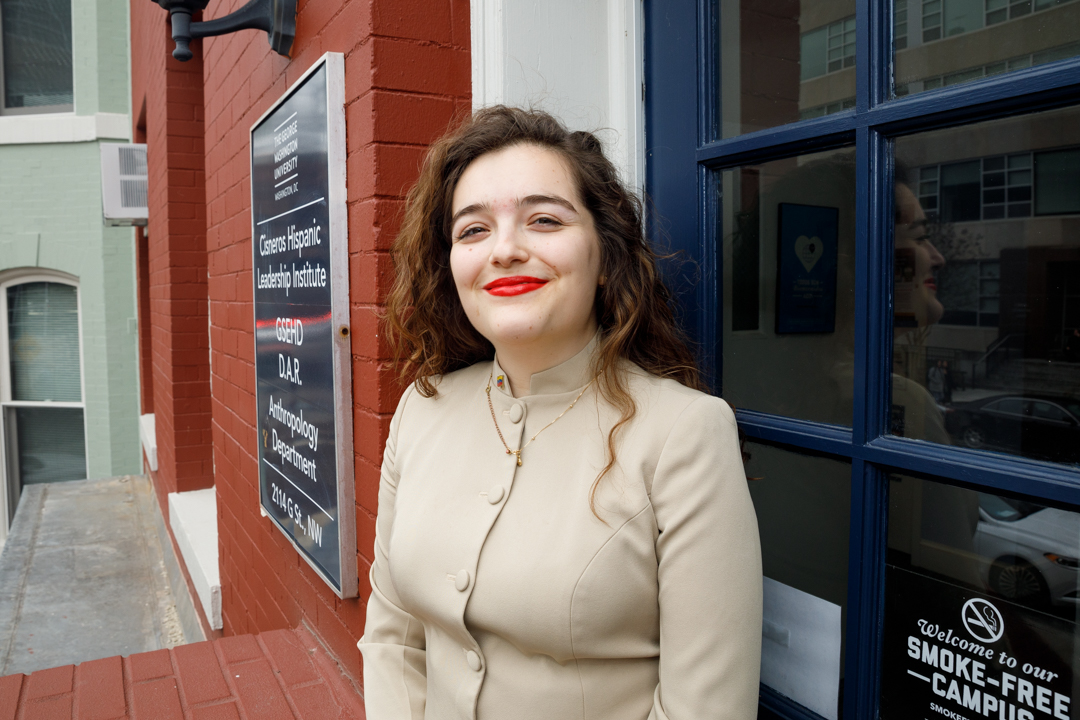By Kristen Mitchell
Frankenstein’s frightening monster and blood-thirsty Dracula are more than just iconic horrors in 19th century literature. These menacing characters tell us a lot about the public’s fearful reaction to rapid scientific advancement and social change, according to Brigid Prial, a senior majoring in English.
The authors of Frankenstein and Dracula positioned scientific ideas and anxieties in the background of these two novels, Ms. Prial said. As a Luther Rice Undergraduate Research Fellow, she spent the past year trying to understand how and why science of the time was so disturbing to the general population that it was interpreted in fiction as monstrous.
When Frankenstein was published by Mary Shelley in 1818, the world was seeing significant leaps in surgical advancements and knowledge of human anatomy, Ms. Prial said.
“The author was kind of imaging what’s next and where the scientific advancements could take us,” she said. “It’s an interesting place to look back from now in the future.”
Some scholars interpret Dracula, penned by Bram Stoker in 1897, as a story about immigration. In the novel, Dracula moves to London from eastern Europe. Some readers see the story as a manifestation of perceived threats to public health, and of immigrants who carry unknown germs and infections. That concern is just as much about science as it is about politics, Ms. Prial said.
Ms. Prial chose to focus on these stories because of their long cultural legacies. Even if you haven’t read the book, you likely know about the main characters and basic elements of the plot.
She used her Luther Rice funding to travel to London over winter break and continue her research. She made an appointment at the Wellcome Collection, which houses material on the history of medicine and science, where she was able to examine secondary sources touching on the two books and what was happening in science at the time they were written.
“It was an amazing experience,” she said. “I was so excited to get a library card and they had all my materials prepared for me.”
She also went to the Natural History Museum to read about the history of primatology, a branch of zoology that deals with primates, which was the focus of her honors thesis. Ms. Prial has used research opportunities to bring together her passion for English and her biological anthropology minor. In addition to her work with the English Department, she works in the Hard Tissue Biology Laboratory on a gorilla bone microanatomy project under researcher Shannon McFarlin.
Ms. Prial came to George Washington University with a plan to study English, but she fell in love with biological anthropology after taking an introductory course for her general education requirements. Now she plans to pursue a Ph.D. in history of science.
“It was my professors in the English Department who showed me I can do both, and they’ve given me a lot of room in my English projects to explore questions that are a little bit in the boundaries,” she said.
Daniel DeWispelare, an associate professor of English and Ms. Prial’s research adviser, encourages students not to think about the science and the humanities as distinct fields, but as interdisciplinary concepts.
“Brigid is in some ways an example of what a really good education in both these domains can provide,” he said. “My sense is that having a brain in both of these worlds, or rather not thinking of these worlds as separate, can lead to a lot of very interesting research project and ideas.”
Ms. Prial encourages other students curious about research to talk to their professors about their interests and seek out funding opportunities.
In addition to her work as a researcher, Ms. Prial is a student-athlete who runs cross country and track. Staying busy helps her manage her time, and running helps provide a much-needed outlet.
“Practice and competitions are positive things for me,” she said. “I feel refreshed when I have to sit in class for a while or work on a paper when I’ve already gotten some energy out of my system.”
To learn more about available research opportunities contact the GW Center for Undergraduate Fellowships and Research.





